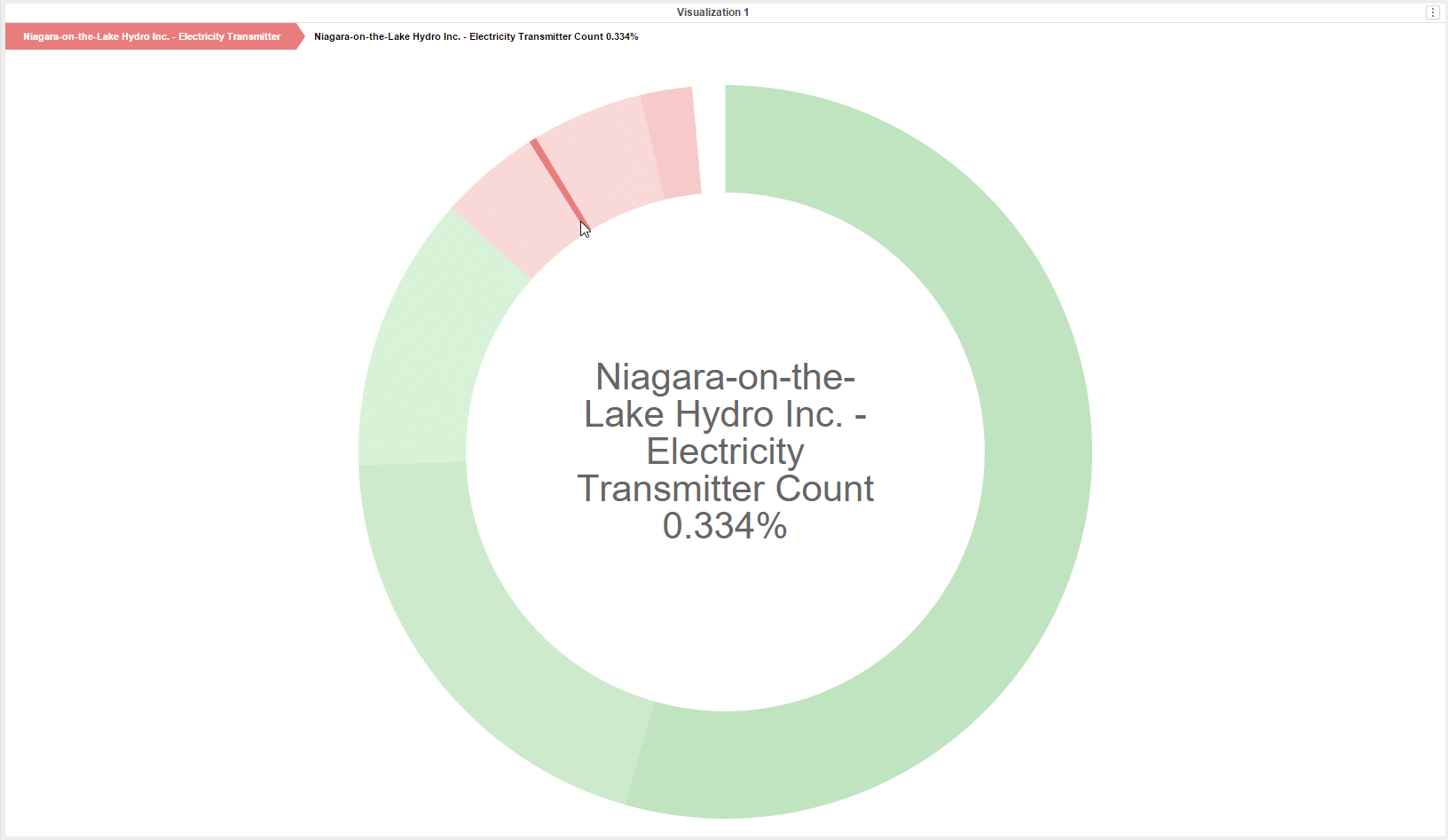Fiscal Calendar Fun
A collection of SQL statements to be used as logical tables in support of fiscal calendar transformations with dates stored as integers. Will need these to be able to report metrics out of CM based on an internal fiscal calendar.
Current Fiscal Day, Month, and Year with Start/End & Yesterday
SELECT fiscal_month_year_nr, fiscal_year_nr, fiscal_month_nr, fiscal_month_year_bgn, fiscal_month_year_end, fiscal_year_bgn, fiscal_year_end, cast(convert(varchar(8),dateadd(d,-1,getdate()),112) as int) yesterday FROM Dim_Fiscal_Month_Year WHERE fiscal_month_year_bgn <= cast(convert(varchar(8),dateadd(d,-1,getdate()),112) as int) AND fiscal_month_year_end >= cast(convert(varchar(8),dateadd(d,-1,getdate()),112) as int)
Fiscal Week to Date
select d.[date_id], wtd.[Date_id] wtd_fiscal_date_id from [Dim_Date] dd join [Dim_Fiscal_week_Year] fwy on (dd.[Fiscal_week_year_nr] = fwy.[fiscal_week_year_nr]) join [Dim_Date] wtd on (wtd.Date_id between fwy.[fiscal_week_year_bgn] and dd.[date_id])
Fiscal Month to Date
select dd.[date_id], mtd.[Date_id] mtd_date_id from [Dim_Date] dd join [Dim_Fiscal_Month_Year] fmy on (dd.[Fiscal_month_year_nr] = fmy.[fiscal_month_year_nr]) join [Dim_Date] mtd on (mtd.Date_id between fmy.[fiscal_month_year_bgn] and dd.[date_id])
Fiscal Quarter to Date
select dd.[date_id], qtd.[Date_id] qtd_date_id from [Dim_Date] dd join [Dim_Fiscal_Quarter_Year] fqy on (dd.[Fiscal_quarter_year_nr] = fqy.[fiscal_quarter_year_nr]) join [Dim_Date] qtd on (qtd.Date_id between fqy.[fiscal_quarter_year_bgn] and dd.[date_id])
Fiscal Year to Date
select dd.[date_id], ytd.[Date_id] ytd_date_id from [Dim_Date] dd join [Dim_Fiscal_Year] fy on (dd.[Fiscal_year_nr] = fy.[fiscal_year_nr]) join [Dim_Date] ytd on (ytd.Date_id between fy.[fiscal_year_bgn] and dd.[date_id])
Prior Fiscal Year Day
The trick here is to calculate the number of days since the start of the year (for the given date) and then add that number to the start date of the prior fiscal year.
select d.[Date_id], pyd.Date_id pydate_id from [Dim_Date] d join [Dim_Fiscal_Year] fy on d.Fiscal_year_nr = fy.fiscal_year_nr join [Dim_Fiscal_Year] py on (py.fiscal_year_ix = (fy.fiscal_year_ix-1)) join [Dim_Date] pyd on (pyd.Calendar_dt = DATEADD(D,Datediff(D,convert(date,CONVERT(varchar(10),fy.fiscal_year_bgn,101)), d.Calendar_dt),convert(date,CONVERT(varchar(10),py.fiscal_year_bgn,101)))) where fy.fiscal_year_bgn not in (-1,0)



